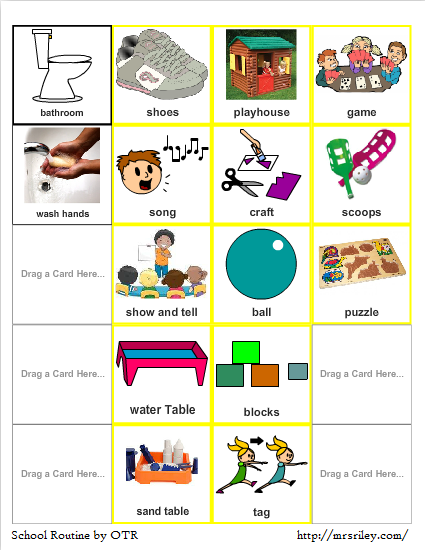Supporting Receptive Language Skills
While some students are predominantly auditory learners, many tend to be visual learners, meaning they understand or retain what they see more effectively than what they hear. Visual supports are often helpful since they provide extra processing time.
Receptive Language is the ability to understand what is said or written.

- Make sure you have the student’s attention before you deliver an instruction or ask a question.
- Consider the student’s processing challenges and timing (for example, begin an instruction with the student’s name - this increases the likelihood that he may be attending by the time you deliver the direction)
- Avoid complex verbal directions, information and discussion. Keep instructions short or give information in chunks.
- Give positive directions to allow for incomplete language processing.
- Minimize the use of ‘don’t’ and ‘stop.’ (For example, ‘Please stay on the sidewalk’ can be much more effective than ‘Don’t walk on the grass’ for a student who might not hear the ‘don’t’—or for one who isn’t sure where the acceptable place to walk might be.) This lets the student know exactly what you want him to do.
- Allow ‘wait time’ (be prepared to wait for a response, whether it is an action or answer). Avoid immediately repeating an instruction or inquiry. Sometimes it is helpful to think of a student with auditory processing challenges like a computer - when it is processing, hitting the command again does not make it go any faster, but rather sends it back to the beginning to start the process all over again!
Learn more by visiting http://www.autismspeaks.org/sites/default/files/sctk_supporting_learning.pdf
| Attachment | Size |
|---|---|
| School Routine.png | 112.91 KB |

